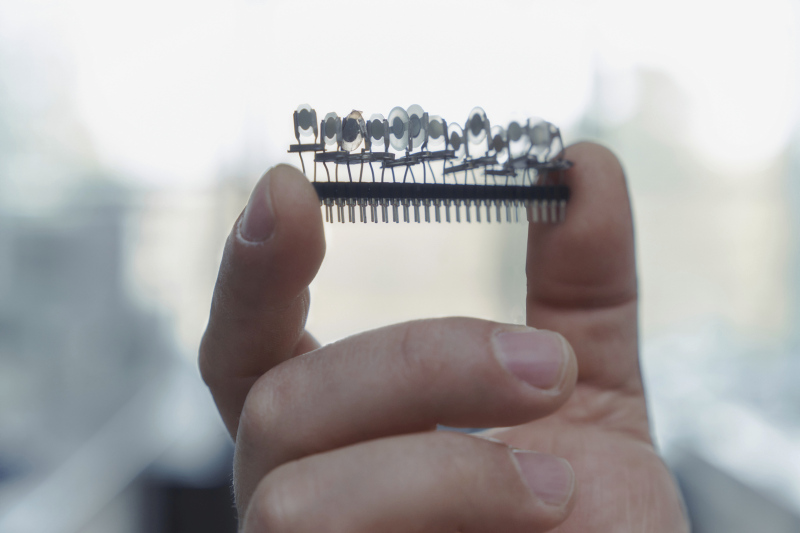
KIT constructs electronic nose
-
chair:
Christof Wöll, Peter Nick
-
place:
BNN Karlsruhe
- Date: 2021
-
Karlsruhe (BNN). Plants produce thousands of different scents to communicate with each other or to attract insects. Scientists at the Karlsruhe Institute of Technology (KIT) have now constructed an electronic nose that can distinguish between the scents of six different types of mint. This makes it suitable for pharmaceutical quality control, for example, because the industrial monitoring of mint oil is subject to strict legal regulations to avoid counterfeits, says Peter Nick of the Botanical Institute. Until now, this monitoring by means of mass spectrometry has been time-consuming and expensive. We use machine learning methods to train the sensors, says Christof Wöll from the Institute for Functional Interfaces. In developing the electronic nose, the entire research team followed the biological model as closely as possible: they replaced the olfactory cells, which in humans transmit information to the brain via electronic impulses, with twelve special sensors. Scents from the mint are deposited on the surface of the sensors. This changes their resonance frequency. "We use machine learning methods to train the sensors so that they create the fingerprint of the respective scent from the collected data and thus distinguish the scents from each other," explains Christof Wöll from the Institute for Functional Interfaces. After each fragrance sample, the nose is flushed with carbon dioxide for half an hour so that the sensors regenerate. For further development, the focus is on sensors that regenerate more quickly. Other areas of application, such as medical diagnostics, are also to be added.
